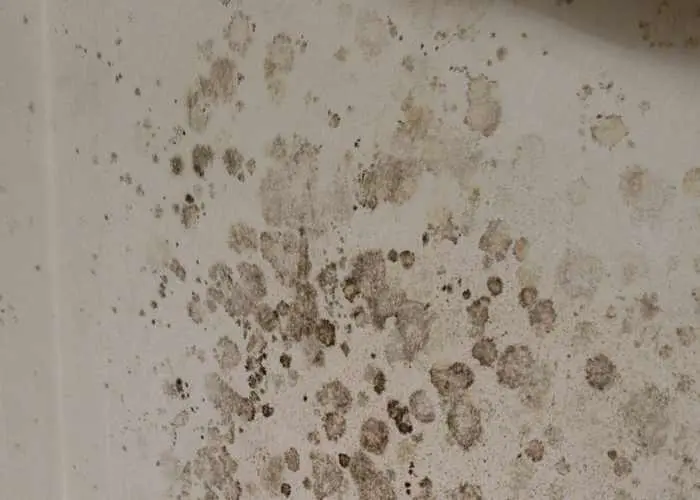Black Attic Mold
Common questions
Does improving the ventilation in the attic kill the black mold?
There’s really no quick and easy answer to this question. Mold growth occurs in three states – active, inactive and ‘dead’. If you improve the ventilation and the condensation ceases, the mold will go inactive/dormant. Much like a seed, it will remain capable of regrowth if the correct conditions reoccur.
Unfortunately, inactive mold looks the same as active growth. It does not fade away with time and will remain black indefinitely. While ventilation will stop the mold growth (render it inactive), it will not affect the appearance of the existing mold. This is not a structural issue, or in the case of an attic, a health issue. Yet it does make it difficult to determine whether you’ve solved the problem. Distinguishing new growth from the original, dormant growth is challenging.
If you’re planning on selling your house in the near future, you’ll likely need to treat, remove or encapsulate the residual mold growth and staining. It will be difficult to convince a buyer you’ve fully dealt the issue if the sheathing remains covered in black staining.
If you’re not planning on selling the home anytime soon, you’ll still need a way to determine if your recent ventilation upgrades have solved the problem. A moisture meter can be helpful here. If the sheathing is dry during a cool, wet period of weather, you’ve likely solved the problem. If it’s damp, consider adding insulation, air sealing the ceiling and increasing the interior ventilation.

Black mold in attic

Black mold can also grow on insulation in an attic.

Mold growth only behind baffles
*Heads up – I earn a small commission on sales through Amazon links. This helps cover the expense of running the website (and answering your questions!)
Got a question? Ask it here and we'll post the answer below
I’ve been told by a roofer that 85 percent of my roofing boards are covered in black mold. I’ve always thought black mold was toxic but he’s telling me that I have nothing to be concerned about during removal and replacement of these boards during my roof replacement job. What do you think?
The removal of the moldy roof sheathing should not impact the indoor air quality. The ceiling below will act as a barrier and prevent mold spores from entering the home. If the windows were open during the removal, some spores may float in to the house. However, the quantity would be negligible.
My house was built in 1965. I have the slotted type vents along the undersides of my eaves spaced about 8 ft apart. Most of them are not covered up by insulation in the attic and are able to take in air. I have 4 rooftop air vents along the top of my roof. The pitch of the roof is minimal as seen in the picture of the roof vents. I have 2 layers of shingles which have now been covered with a new tin roof. I know this was the wrong way to do this as previous leaks were present in the roof prior to the new tin roof being put down. This was done to save money and was out of my control. I would have removed the shingles and replaced the bad boards and put in all new insulation and removed all mold but again, this was done to save money and not done correctly. So, I have an access door to the attic through one of my closet doors. Recently, after not opening the closet door for maybe a month I opened it to find that the walls (drywall) were completely covered in what appears to be black mold? I sprayed straight bleach over the entire closet ensuring complete coverage. I then sealed off the attic door by means of OSB board and caulking then using drywall nails into the studs and again caulked it to the drywall. My question is based on what I have explained should I be concerned about the mold that I know is in my attic as far as health concerns go? Also, was bleach the correct method of removing the mold or should I re-drywall the closet?
You are correct in your assessment regarding the covering of the vents. Low angle roofs are especially problematic. Without a significant angle, the air has little motivation to move along the underside of the roof to the upper vents.
Ideally, low angle roofs should be constructed without ventilation. This is achieved by installing insulation directly to the roof sheathing (i.e. rigid foam on top of the sheathing or spray foam+fiberglass on the underside).
In regards to health concerns, attic mold growth will generally not affect the indoor air quality. This is due to the stack effect, the principle that warm air rises within a home. This prevents mold spores from moving downward into the occupied area.
It’s difficult to make a positive conclusion on the cause of the mold on the sheet rock. Due to the poor ventilation in the attic, it is likely due to condensation dripping back down on the sheet rock. Alternatively it could be due to a lack of insulation on the backside of the sheet rock. This could be easily verified by visually inspecting the area.





